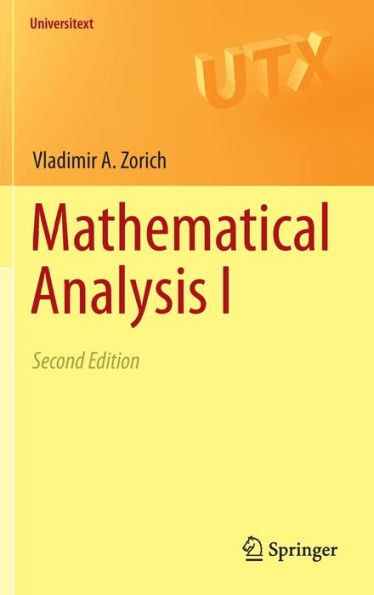The main difference between the second and first editions is the addition of a series of appendices to each volume. There are six of them in the first volume and five in the second. The subjects of these appendices are diverse. They are meant to be useful to both students (in mathematics and physics) and teachers, who may be motivated by different goals. Some of the appendices are surveys, both prospective and retrospective. The final survey establishes important conceptual connections between analysis and other parts of mathematics.
The first volume constitutes a complete course in one-variable calculus along with the multivariable differential calculus elucidated in an up-to-date, clear manner, with a pleasant geometric and natural sciences flavor.
The main difference between the second and first editions is the addition of a series of appendices to each volume. There are six of them in the first volume and five in the second. The subjects of these appendices are diverse. They are meant to be useful to both students (in mathematics and physics) and teachers, who may be motivated by different goals. Some of the appendices are surveys, both prospective and retrospective. The final survey establishes important conceptual connections between analysis and other parts of mathematics.
The first volume constitutes a complete course in one-variable calculus along with the multivariable differential calculus elucidated in an up-to-date, clear manner, with a pleasant geometric and natural sciences flavor.

Mathematical Analysis I
616
Mathematical Analysis I
616Hardcover(2nd ed. 2015)

Product Details
| ISBN-13: | 9783662487907 |
|---|---|
| Publisher: | Springer Berlin Heidelberg |
| Publication date: | 03/01/2016 |
| Series: | Universitext |
| Edition description: | 2nd ed. 2015 |
| Pages: | 616 |
| Product dimensions: | 6.10(w) x 9.25(h) x (d) |
